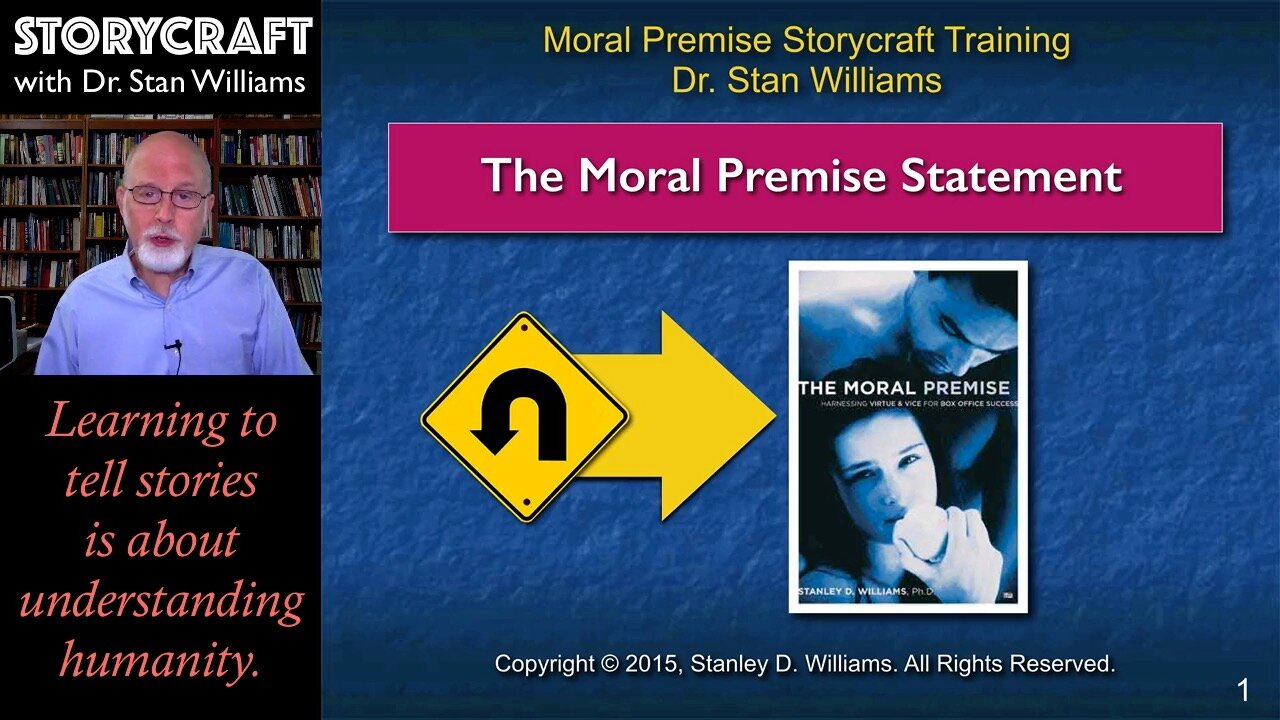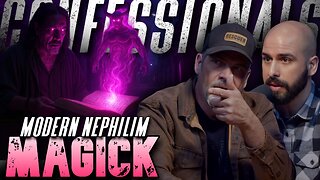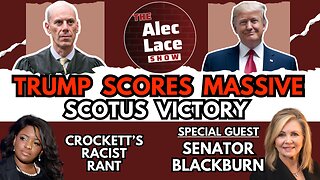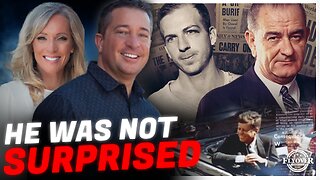Premium Only Content

Lesson 3: The Moral Premise Statement
This Moral Premise Storycraft Training series is designed for storytellers of all media and genres, but particularly for filmmakers and movie audiences.
The Storycraft Training consists of 12 Lessons presented on YouTube as 12 videos. Originally there were 25 videos, but I've combined them into these 12 YouTube videos for your convenience. As you go through the program you'll see slates for all 25 original videos. The home website is here: https://storycraft.stanwilliams.com. On that page you'll be able to access individual Lessons or the entire series, and see a listing of course objectives for each.
Lesson 3 contains Episode 6 (Video 3A) and Episode 7 (Video 3B).
This 35 minute, 2-part lesson explains the organic basis of the Moral Premise Statement, how it is constructed, how it is used, and how it focuses all the creative elements in a movie, novel or play so all the plots and subplots are about one thing. We also show clips from two films as examples. Prerequisite Recommendation: Lessons 1-2.
SPECIFICALLY, this lesson covers:
-- Verisimilitude: The integration of 3 critical elements of all successful stories: (1) ironic characters, (2) an impossibility hook, and (3) value based psychological motivations of the characters.
-- Relationship between the two story realities: The Psychological and Physical worlds.
-- How moral values and decisions precipitate actions.
-- How actions result in physical consequences
-- How physical consequences inform moral value
-- The theoretical and practical structure of the Moral Premise statement
-- How the Moral Premise Statement is often articulated in movies
-- How the Moral Premise Statement keeps the story focused on one thing.
-- How the Moral Premise Statement provides support for character arcs.
-- Capstone example and clips from Die Hard
-- The fifth secret of successful story telling: Consistent Application of the Moral Premise
-
 2:24:38
2:24:38
The Confessionals
2 hours agoThe Rise of Nephilim Sex Magick
3.66K2 -
 58:27
58:27
The Tom Renz Show
1 hour agoThe SCOTUS on Aliens, The Flu Shot Gives You the Flu, & Trump's Tariffs
15.1K6 -
 LIVE
LIVE
IrishBreakdown
2 hours agoNotre Dame Offense Is Still A Work In Progress
261 watching -
 46:49
46:49
TheAlecLaceShow
3 hours agoGuest: Senator Marsha Blackburn | Trump Scores Massive SCOTUS Victory | The Alec Lace Show
11.5K5 -
 2:00:04
2:00:04
Side Scrollers Podcast
3 hours agoSwitch 2 Fan has TDS, Direwolf Goes Full Jurassic Park, Gina Carano Lawsuit Update | Side Scrollers
20.5K3 -
 1:57:05
1:57:05
Steven Crowder
5 hours ago🔴 Jon Stewart is LYING to You About Trump's Tariffs
378K257 -
 1:58:35
1:58:35
The Charlie Kirk Show
2 hours agoThe Tariff Boom? + SCOTUS Deportation Victory | Carney, Davis, Paige | 4.8.25
74.3K23 -
 1:40:32
1:40:32
Flyover Conservatives
13 hours agoWho was More Surprised about JFK Assassination: Oswald or President Johnson? - Larry Hancock | FOC Show
36K5 -
 31:49
31:49
Grant Stinchfield
3 hours ago $1.43 earnedTariffs & Short Term Pain - Thousands Stockpile Medications... Here's Why...
29K2 -
 LIVE
LIVE
LFA TV
18 hours agoLFA TV - ALL DAY LIVE STREAM 4/8/25
1,910 watching